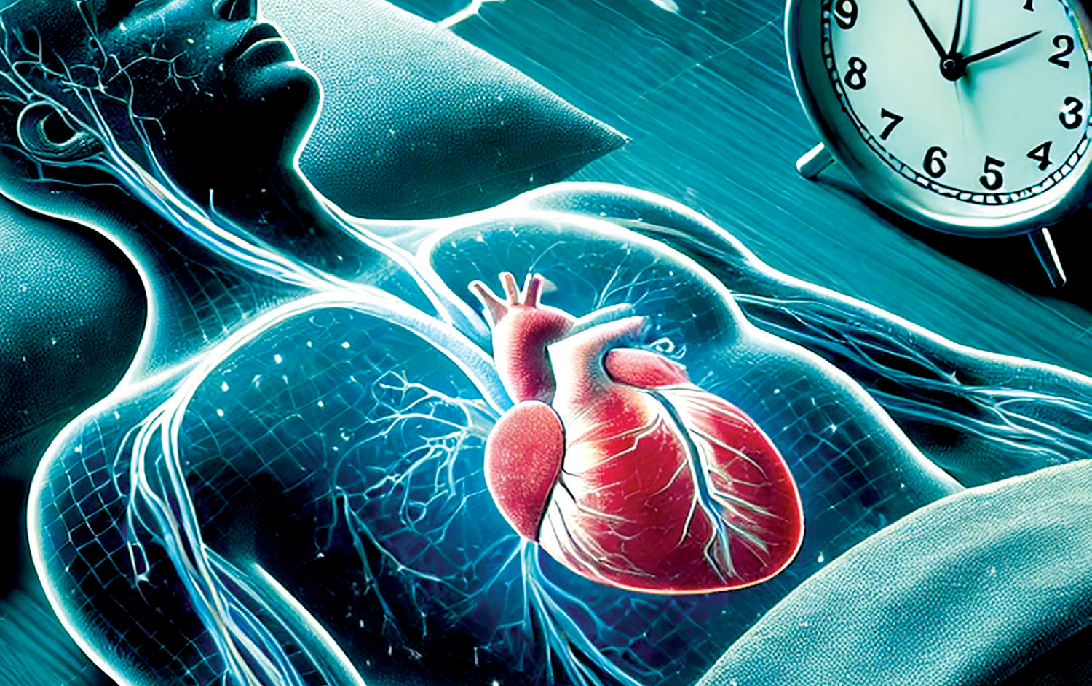
Healthy eating for Healthy weight
Mehak Mudassir
An eating plan that helps in managing your weight depends on the variety of healthy foods you consume. As much as we all might wish for a quick fix to tighten belts, the reality is that weight loss is far more successful when it’s the result of healthy habit formation. The number of calories in a particular food is called energy density.
Low-calorie foods are ones that don’t pack a lot of calories into each bite. According to Bhavya, a dietician, “Foods that have a lot of fiber or water and a small amount of fat are usually low in calorie density. They will help you feel full without an unnecessary amount of calories”. Fruit and vegetables are good for you, but it’s important to remember that it’s more than just that.
“Colorful fruits and veggies provide the body with various vitamins, minerals, antioxidants, and plant compounds that help the heart”, says Arfa, a dietician.
However the gut keeps your immune system strong. Each color produces and contains a different nutrient package. Sugar intake is not only bad for cavities and increases your risk of heart disease but it is also a major red flag for weight gain.
Sugar is found in numerous foods, from bread, sauces, dessert to cereals. This contributes extra calories without satisfying you, so it is quite likely that you may easily overeat. The last and the important part of your weight loss journey may take place not in your mouth, but in your mind! So bringing mindful awareness to your eating patterns is a useful tool for eating just enough and not too much.
Most of you think skipping breakfast will help you lose weight. “but no skipping breakfast could miss you out on essential nutrients and you may end up snacking more throughout the day because you feel hungry”. says Bhavya, a dietician. and Eating your meals at regular times during the day helps you burn calories at a faster rate. It also reduces the temptation to snack on foods high in fat and sugar.
Calories Per Pound
Here are some of the foods that contain the amount of calories per pound. Vegetables are healthy to eat and contain 65 to 195 calories and the fresh fruits consist of 135 to 420 calories per pound. Potatoes, pastas, brown rice, sweet potatoes, corn, hot cereals 280 to 650 calories per pound, seafood, lean poultry, lean red meat contains 400 to 870 calories per pound, chocolate bars, croissants, doughnuts 2,200 to 2,500 calories per pound, dried fruit, jams, fat-free muffins and breads, including sourdough rolls, bagels, pita breads, and baguettes, 1,200 to 1,400 calories per pound.
 English daily published in Bengaluru & Doha
English daily published in Bengaluru & Doha






